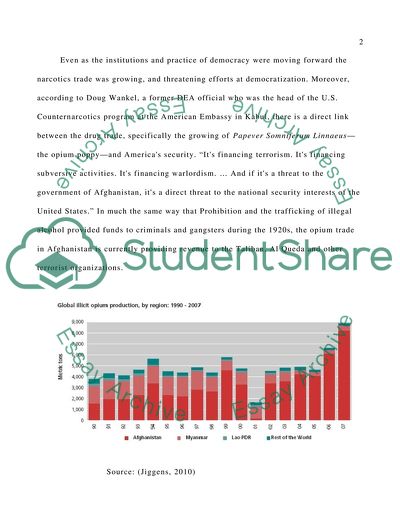Cite this document
(National Security and the War on Drugs Research Paper, n.d.)
National Security and the War on Drugs Research Paper. Retrieved from https://studentshare.org/military/1739177-national-security-and-the-war-on-drugs
National Security and the War on Drugs Research Paper. Retrieved from https://studentshare.org/military/1739177-national-security-and-the-war-on-drugs
(National Security and the War on Drugs Research Paper)
National Security and the War on Drugs Research Paper. https://studentshare.org/military/1739177-national-security-and-the-war-on-drugs.
National Security and the War on Drugs Research Paper. https://studentshare.org/military/1739177-national-security-and-the-war-on-drugs.
“National Security and the War on Drugs Research Paper”, n.d. https://studentshare.org/military/1739177-national-security-and-the-war-on-drugs.


